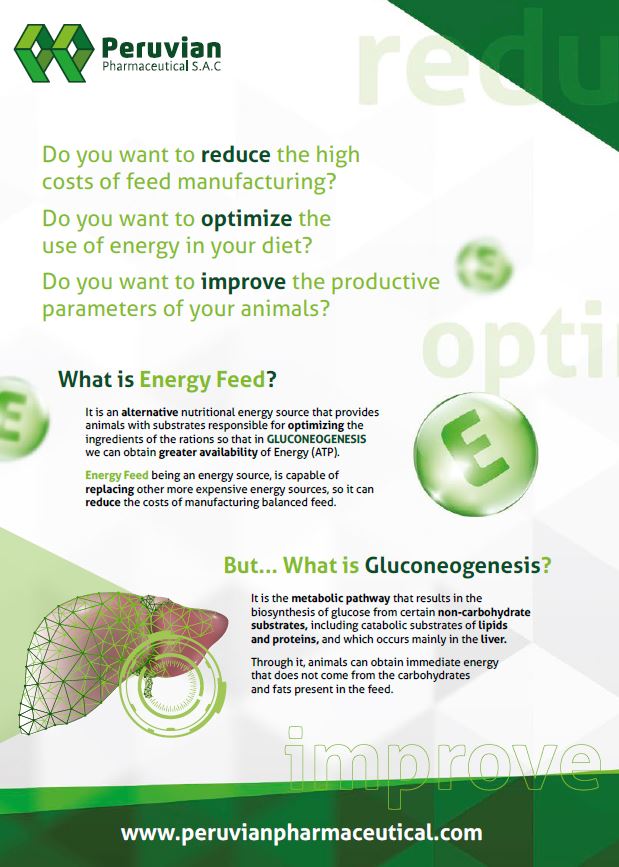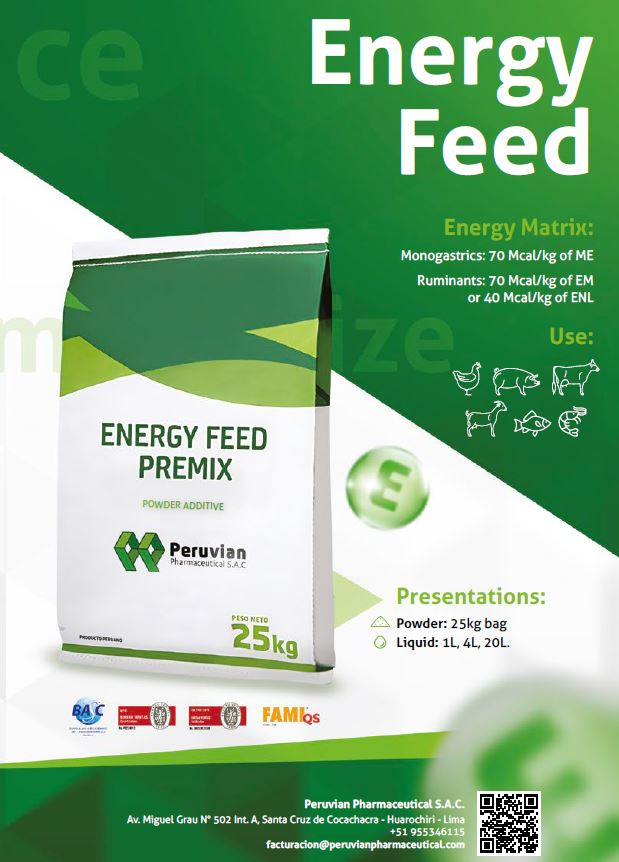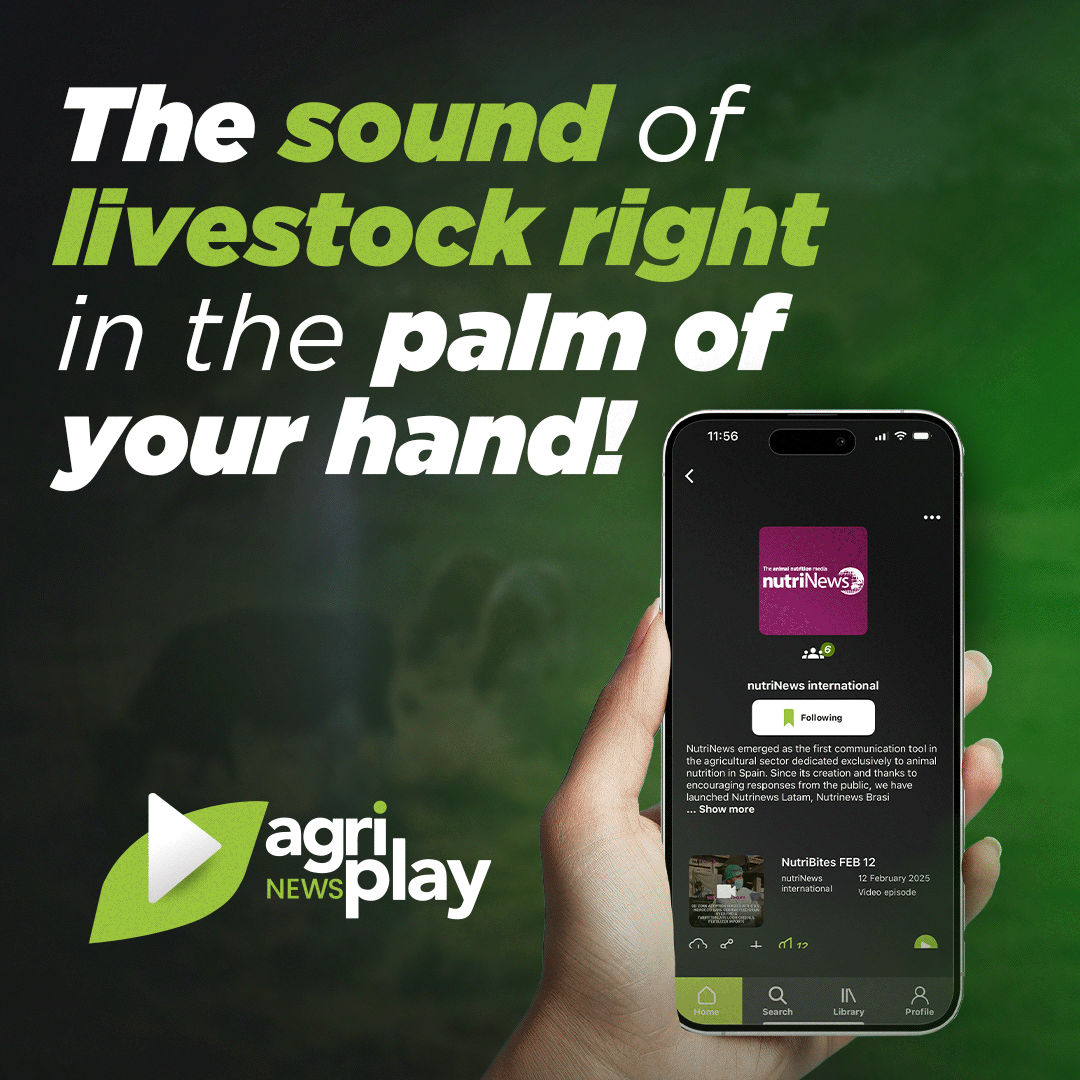Content available at: Indonesia (Indonesian) Melayu (Malay) ไทย (Thai) Tiếng Việt (Vietnamese) Philipino
In modern animal production systems, it is essential to minimize the impacts of chronic inflammation and excessive stress so that chickens can use their energy for growth rather than defense.
Although there is no “magic ball” to prevent the multifactorial conditions associated with chronic stress, numerous studies have shown that alternative products, such as probiotics, targeted microbes, prebiotics and phytochemicals, can help improve gut microbial balance, metabolism and intestinal integrity.
PROBIOTICS
Probiotics in adequate doses improve intestinal microbial balance, colonization resistance to infection and immune responses.
Lactobacillus spp., Streptococcus thermophilus, Enterococcus faecalis and Bifidobacterium spp. are the most used lactic acid bacteria (LAB) in probiotic formulations. Possible mechanisms of action include:
Deleted:
- Maintain a healthy balance of bacteria in the intestine by competitive exclusion, that is, in a process by which beneficial bacteria exclude potential pathogenic bacteria through competition via adherence sites in the gut and nutrients.
- Prevent bacterial overgrowth in the intestine.
There is also ample evidence that probiotics affect the immune system by balancing pro- and anti-inflammatory cytokines. Some probiotics have antioxidant capabilities and improve barrier integrity.
- Another study found that both innate and humoral immunity are improved by using probiotics.
A commercial probiotic based on acid bacteria was recently studied for use in poultry. Using this LAB culture, extensive laboratory and field research has shown increased resistance to Salmonella infections in chickens and turkeys.
- Several probiotic strains improved animal performance and could be used as potential alternatives to antibiotics.

Higgins et al. reported that probiotics reduced idiopathic diarrhea in commercial turkey rearing houses based on published experimental and commercial trials. In addition, the probiotic blend was shown to improve yield and reduce production costs in large-scale commercial experiments.
- Birds treated with probiotics demonstrated variations in gene expression related to the nuclear factor kappa B (NF–B) complex, according to recent microarray research.
- These findings indicate that specific probiotic cultures can sometimes be an attractive alternative to traditional antibiotic therapy.
Long-term probiotic requirement
Commercial probiotics that are long-lasting, cost-effective and resistant to the heat pelleting process are urgently needed to promote compliance and wider use.
Some probiotic products contain bacterial spore formers, typically of the genus Bacillus. Some (but not all) have been shown to prevent certain gastrointestinal problems.
- The variety of species used and their multiple uses are astounding.
- These media demonstrate the benefit that some Bacillus spore isolates are the most heat-tolerant spores known and can therefore also be used in circumstances of intense heat.
Therefore, spores of selected Bacillus strains have been used as reliable direct feeding microorganisms (DFMs) in animal production due to their ability to withstand adverse environmental conditions and long storage periods.
Improving amplification and sporulation efficiency
Field trials suggested that a spore isolate of Bacillus subtilis is effective as a commercial probiotic based on lactic acid bacteria in reducing Salmonella spp. Further research may reveal more potent isolates or combinations of isolates.
Some of these environmental Bacillus isolates have been tested In vitro for antibiotic activity, heat stability and population growth.
- Improving amplification and sporulation efficiency is critical to obtain industrial approval of a food-based probiotic for ante mortem intervention of foodborne pathogens.
- Improved vegetative growth and sporulation rate can lead to new efficiencies for commercial amplification and the creation of cost-effective products with very high spore counts.
High concentrations of NSP
Increased digesta viscosity and longer feed passage time caused by high concentrations of soluble non-starch polysaccharides (NSP) in poultry diets influence the intestinal bacterial population.
- Therefore, exogenous carbohydrases (xylanase, glucanase, mannanase, galactosidase and pectinase) are used as feed additives in an attempt to reduce the negative impact of these anti-nutritional factors.
Direct feeding microorganisms
Bacillus-DFM has also been shown to prevent gastrointestinal tract disorders and provide a variety of nutritional benefits for both animals and humans. In vitro and in vivo studies have shown that 90% of B. subtilis spores germinate in different segments of the GIT within 60 minutes in the presence of feed.
- In addition, by using different in vitro poultry diets (diets based on rye, wheat, barley and oats).
- Where the inclusion of selected Bacillus-DFM candidates that produce a different set of extracellular enzymes.
- It resulted in a significant reduction in both digesta viscosity and in the proliferation of Clostridium between control and Bacillus-DFM supplemented diets.
Interestingly, supplementation with Bacillus-based DFM was shown to improve growth performance, digesta viscosity, bacterial translocation, microbiota composition and bone mineralization in broilers and turkeys fed a rye-based diet.
These differences may be due to the lower amount of substrates available for bacterial growth, which resulted in less intestinal inflammation and bacterial translocation when intestinal viscosity was reduced by including the candidate DFM, implying that the supplemented groups absorbed more nutrients at the brush border of the intestine.
The significant improvements in performance observed in turkeys and broilers fed the Bacillus-DFM supplemented diet compared to the unsupplemented control group suggest that:
Enzyme production from the combined Bacillus spp strains used as DFM can:7
- Increase nutrient absorption;
- Promote growth performance and a more efficient feed conversion rate;
- In addition to improving intestinal integrity.
DFM was also shown to significantly reduce the severity of experimental Salmonella enterica subspecies enterica serotype Enteritidis and aflatoxicosis infections.
- In one study, bacterial translocation, intestinal viscosity, microbiota composition and bone mineralization in broilers were shown to be affected by rye energy use. However, Bacillus-DFM reverses the negative effects of high NSP diets in poultry.
- In addition, broiler and poult performance improved with the inclusion of DFM in reduced-fat diets, which was associated with higher energy digestibility as measured by apparent metabolizable energy and correc ted nitrogen.
PREBIOTICS
Prebiotics are a relatively recent concept, arising from the idea that non-digestible food elements (e.g., non-digestible oligosaccharides) are selectively fermented by bacteria known to benefit intestinal function.
- Proliferation of endogenous lactic acid bacteria and bifidobacteria in the gut has been shown to benefit host health.
- Prebiotics can help bifidobacteria and lactobacilli proliferate in the gut, improving the microbial balance of the host.
- Prebiotics, unlike probiotics, promote intestinal bacteria that have acclimated to the environment of the gastrointestinal tract.
- Healthy gut microbiota can increase absorption, protein metabolism, energy metabolism, fiber digestion and intestinal maturation in leptinresistant mice.
- Prebiotics have also been shown to enhance host defense and reduce pathogen-induced mortality in birds.
Reduction of pathogens
- The ability of prebiotics to increase the amount of LAB in the intestine can help in the competitiveexclusion of pathogens from the gastrointestinaltract of birds.
- Meanwhile, the increased intestinal acidity caused by prebiotics may also help reduce infections in the intestine of chickens.
- Prebiotics have also been shown to increase the immune response in chickens, resulting in faster clearance of infection.
For example, prebiotics can interact directly with intestinal immune cells or interact indirectly with immune cells through colonization of beneficial bacteria and preferred microbial metabolites.
Prebiotics can function similarly to probiotics to support intestinal health in chickens. The most commonly used prebiotics in poultry are:
- Inulin;
- Fructooligosaccharides (FOS);
- Mananooligosaccharides (MOS);
- Galactooligosaccharides (GOS);
- Soy oligosaccharides (SOS);
- Xylooligosaccharides (XOS);
- Pyrodextrins;
- Isomaltooligosaccharides (IMO); and
- Lactulose.
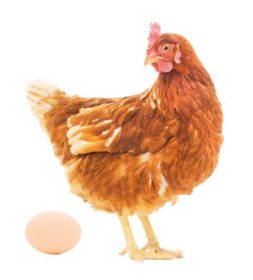
- Research on prebiotics in poultry has been conducted since 1990, resulting in a large library of studies. Prebiotics in broiler feeds have been shown to increase lactobacillus levels.
- Some studies on the microbial effects of prebiotic supplementation found an increase in bifidobacteria and a decrease in clostridia. In other studies, Salmonella and coliforms were reduced.
- The use of prebiotics has also been shown to increase intestinal villus height in broiler diets, depending on intestinal morphology. Meanwhile, detoxification and elimination processes are enhanced by a healthy population of these helpful bacteria in the digestive tract.
- Prebiotics have also been shown to improve shell and bone quality, increase mineral utilization and improve performance in laying hens.
Benefits of using prebiotics
A frequently used prebiotic concerns Aspergillus oryze, which is marketed as Aspergillus meal (AM). AM includes 16% protein and 44% fiber and can be used to improve performance in commercial poultry diets with low protein levels.
The mycelium or A. oryzae also contains betaglucans, FOS, chitosan, and MOS. This substance also benefits chickens by promoting growth, most likely to improve absorption and digestibility of feed ingredients.
- Beta-glucan is a potent immunity booster. This unique substance affects the intestinal villi and helps the body fight viral and bacterial invaders.
- MOS bind to toxin active sites and defend the GIT against invasion.
- FOS and chitosan are non-digestible carbohydrates that are easily fermented by the intestinal flora.
Dietary Aspergillus meal (AM) was shown to alter intestinal morphometry in turkey poults. It increased the number of acid mucin cells, neutral mucin cells and sulfomucin cells in the duodenum and ileum.
In addition to the height and surface area of the villi in the duodenum and ileum of the newly hatched poults compared to the control.
- Another study found that feeding hatchling turkey chicks MA prebiotics for 30 days increased body weight and improved feed conversion compared to feeding a basal control diet.
- Interestingly, chicks fed MA prebiotics in the diet had lower protein and energy content in the ileum than control chicks, indicating increased digestion and absorption of those nutrients.
- Fructooligosaccharides (FOS) have been shown to improve intestinal absorption of calcium and magnesium, as well as bone mineral concentrations.
- Several studies have shown that probiotics can reduce Salmonella colonization in chickens.
Finally, chitosan is a natural biopolymer created by the deacetylation of chitin, the main component of fungal cell walls and arthropod exoskeletons. As noted above, chitosan has several benefits, including antimicrobial and antioxidant properties.
Also, chitosan has shown promising applications in agriculture, horticulture, environmental sciences, industry, microbiology and medicine. In addition, many studies have used chitosan as a mucosal adjuvant, increasing IgA levels.
- In another study, the efficacy of 0.2% AM in the diet against horizontal transmission of Salmonella spp. was evaluated in turkeys and chickens. This study found that feeding 0.2% AM to turkeys and broilers reduced horizontal transmission of Salmonella Enteritidis and Typhimurium by reducing overall colonization levels.
- The reduction of Salmonella colonization can be attributed to a synergistic effect of beta-gluc an, MOS, chitosan, and FOS found in the mycelium of Aspergillus oryzae.
- Yalçın et al. reported that the cell wall of yeast derived from baker’s yeast was an effective prebiotic feed additive for broiler chickens due to increased growth performance, increased humoral immune response and reduced abdominal fat.
- In another study conducted with laying hens, Yalçın et al. concluded that the yeast cell wall had beneficial effects in the production of low-cholesterol eggs and an improvement in humoral immune response.
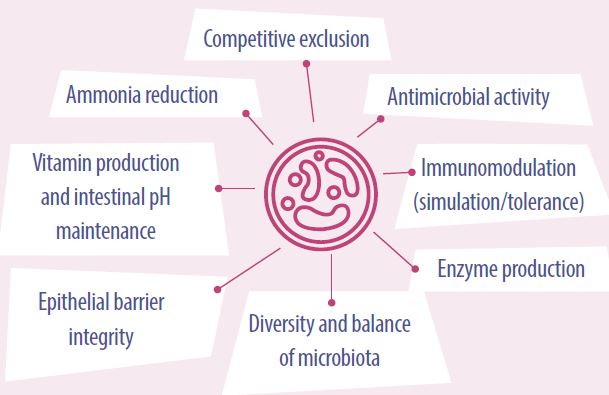

Figure 2. The role of symbiotics in digestive physiology.
SYMBOTICS
When a combination of prebiotics and probiotics are used, they are called synbiotics and have the ability to further enhance the viability of probiotics. Probiotics, prebiotics and synbiotics are now widely used throughout the world. In the next section, we discuss the role of synbiotics in digestive physiology and poultry production.
Role of symbiotics in poultry production
Immediately after hatching, birds must switch from endogenous energy – the lipids in the yolk – to energy from an exogenous carbohydrate-rich diet. During this vital period, the size and morphology of the intestine change dramatically. Changes in epithelial cell membranes alter the mechanical interface between the internal environment of the host and the luminal contents.
Studies on nutrition and metabolism of early growth in chicks can help to optimize the nutritional management for optimal growth.
- The end products digested by symbiotic intestinal microorganisms can modify not only intestinal dynamics, but also various physiological systems.
- The multiple roles of synbiotics in digestive physiology are summarized in Figure 2.
PHYTOGENIC ADDITIVES FOR BALANCED FOODS
- Phytogenic feed additives (PFA) are classified as sensory and flavoring compounds according to European Union legislation (EC 1831/2003).
- PFA has been suggested to increase growth performance, nutrient digestibility and intestinal health in poultry.
- Currently, PFA are used in poultry and swine feeding programs. The Lactobacillus spp count in the cecum increased when 75 mg/ kg red ginseng root powder was added as a supplement.
Several commercial products are based on herbs such as:
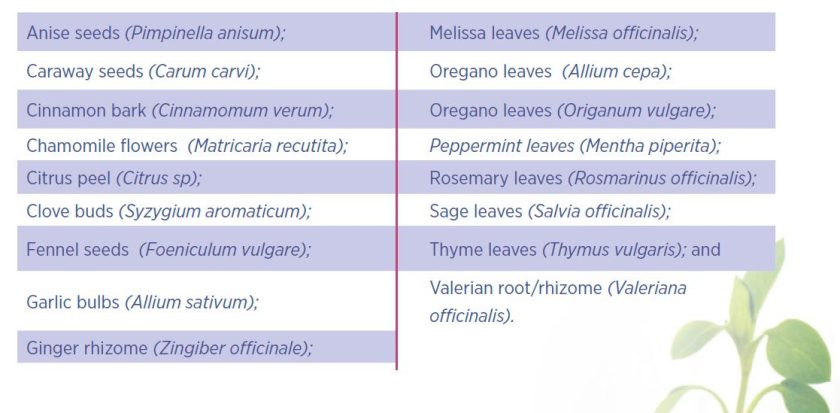
These phytogenic substances are promoted, due to their safety profiles and qualities to improve animal performance and health, through the following effects:
- Improved digestibility;
- Antimicrobial activities;
- Anti-inflammatory and antioxidant effects;
- Stabilization of intestinal microbiota;
- Improvement of animal characteristics; and
- Reduction of environmental emissions.
In addition to pharmacological effects, recent studies indicated that phytogenic substances modulate the intestinal microbiota, that is, increase Firmicutes, Clostridiales, Ruminococcaceae and Lachnospiraceae.

Various factors can modulate the intestinal microbiota causing a positive or negative effect on the host. The effects of diet on the composition of the microbiome are shown in Table 1. Supplementation of day-old chicks with antibiotics negatively modulated the gut microbiota and adversely affected the development of the immune system.
- It was also found that changing the diet from corn to wheat and barley led to an increase in Lactobacillus and coliforms. Water-soluble non-starch polysaccharides increased digestive content viscosity and SCFA production, which beneficially regulated ileal motility.
CONCLUSIONS
- To prevent the multifactorial conditions associated with chronic stress, numerous studies have shown that alternative products, such as probiotics, targeted microbes, prebiotics and phytochemicals, can help improve gut microbial balance, metabolism and intestinal integrity.
- These food additives have been corroborated to have anti-inflammatory, antioxidant, immunomodulatory and barrier integrity enhancing characteristics.
- To meet their health and productivity goals, poultry producers who have eliminated antibiotics from their production systems can use a combination of alternative products along with improved management methods, rigorous biosecurity and effective immunization programs.
